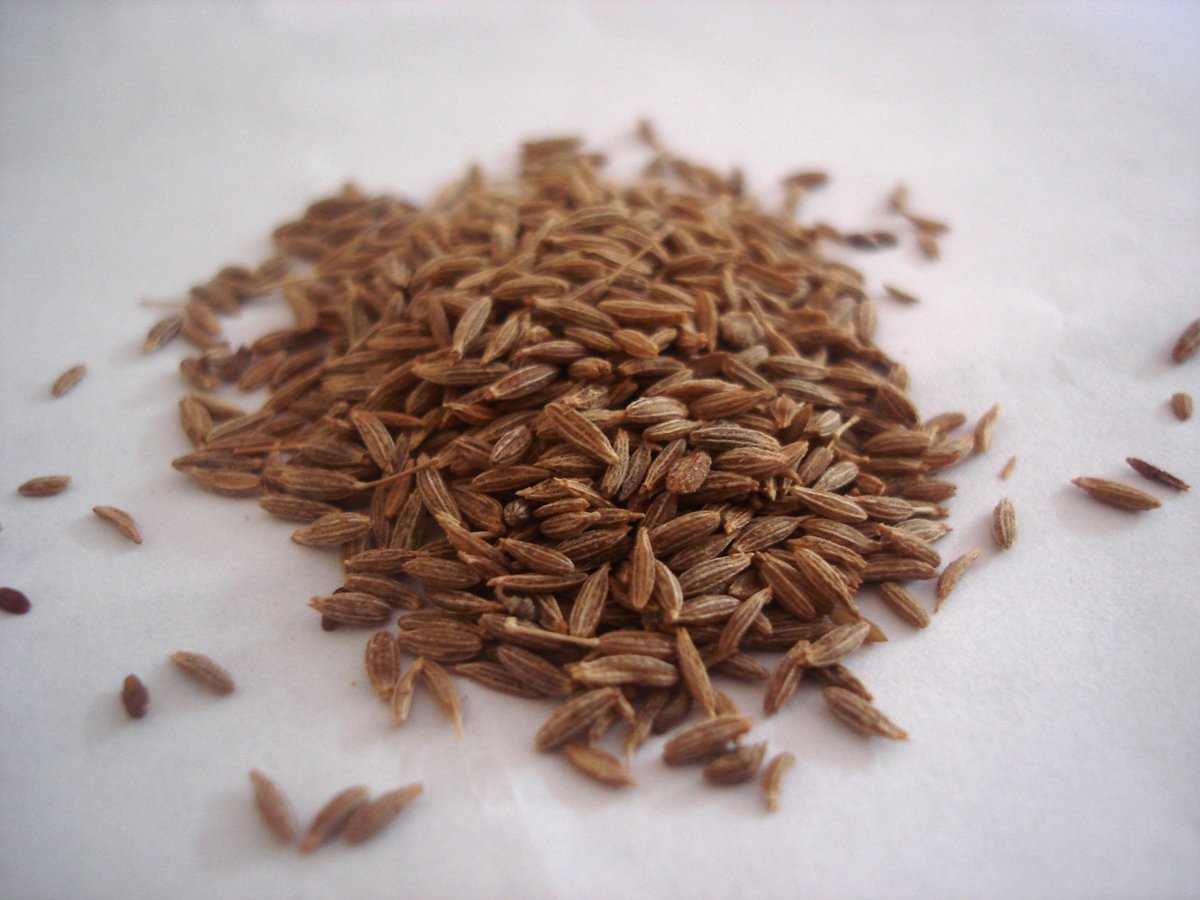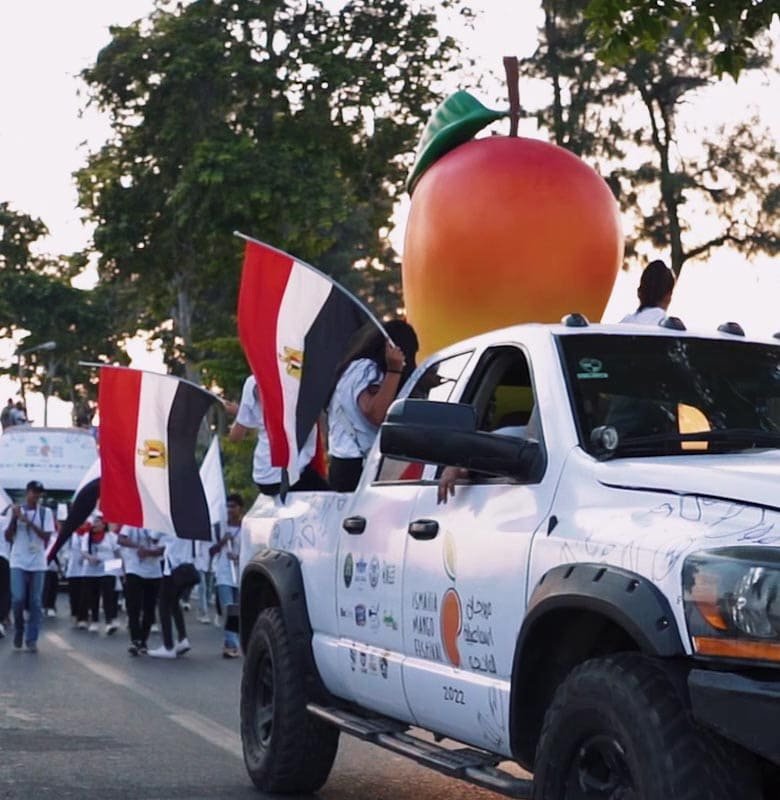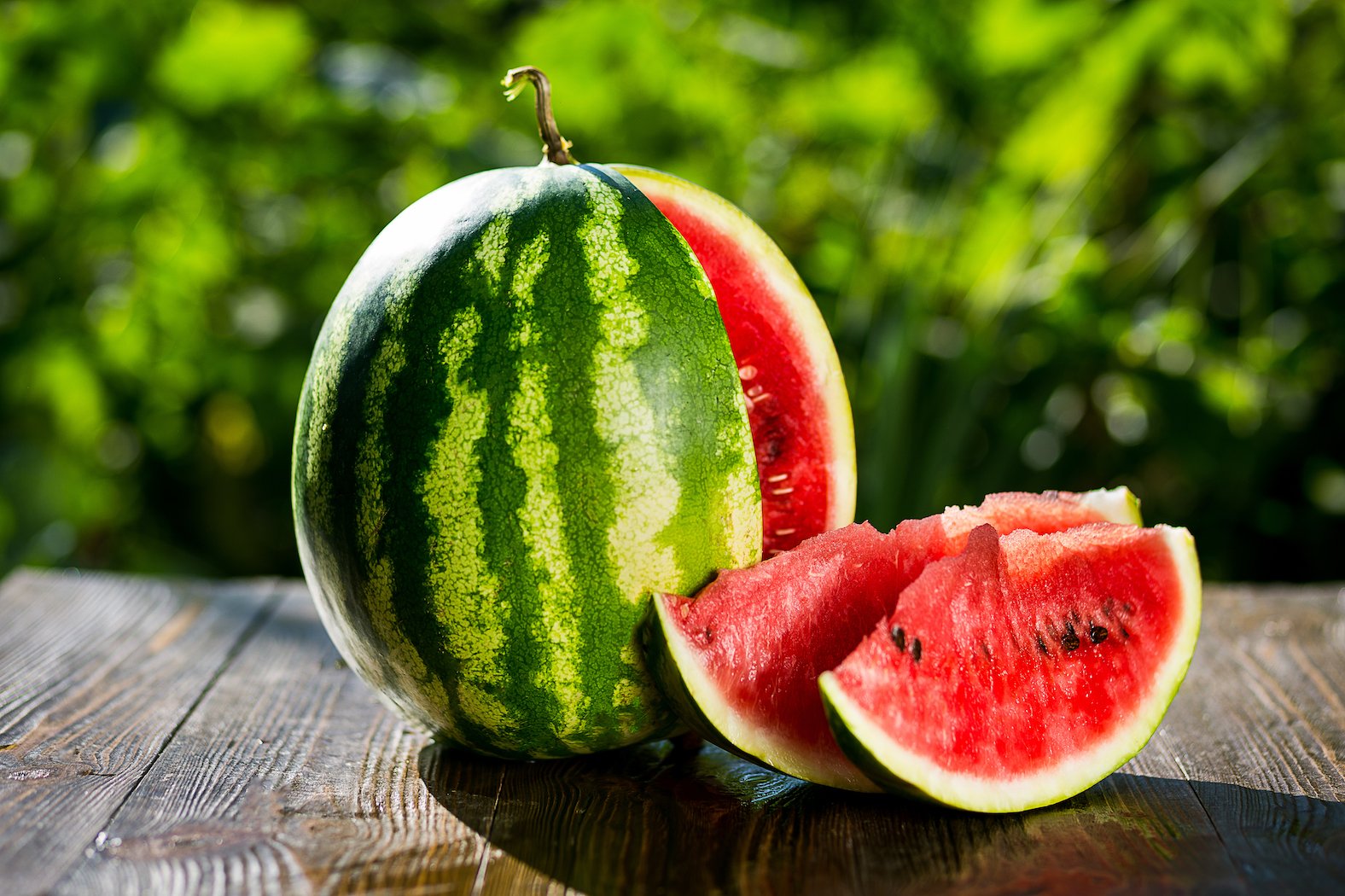Oasis Blog
Oasis is a lifestyle magazine-turned-blog that caters to the local and expat community in Maadi and the greater Cairo area. Not only does it act as a voice for CSA, a way for us to reach out and connect with our community, but it's a way for us to bring you the best guides, insights and stories about our beautiful country.
The magazine had a hugely successful run, but in order to achieve our mission of becoming more sustainable, it was time to go digital. So Oasis Magazine is now the Oasis Blog, brought to you every Thursday with new topics, tips and updates.
The Invention of the Chair: how sitting went from being a luxury to the norm
It used to be that only kings sat on chairs, now everyone sits on a chair.
The Pottery of Fayoum
When we think of the pottery of Fayoum, almost immediately the village of Tunis jumps to the forefront of our minds with its colorful plates decorated with drawings of rural life.
A Brief History of Basket-Weaving
The oldest known baskets were discovered in the Governorate of Fayoum just a 100 kilometers southwest of Cairo.
The Scarecrow Phenomenon that began in Ancient Egypt Thousands of Years Ago
More than three thousand years ago began a phenomenon in ancient Egypt that would become one of the most popular representations of Halloween — the Scarecrow.
Salah Ragab and the Cairo Jazz Band
It’s not often that you see a military commander start his own band, let alone a jazz band back in the 60s. But Salah Ragab was no ordinary person.
Saint Catherine’s Monastery and Mount Sinai
Designated a UNESCO World Heritage Site, Saint Catherine’s Monastery is the oldest continuously inhabited Christian monastery.
Henna: The Ancient Art That Survives Because Of A Love Story
The temporary red dye we call henna comes from the henna tree, also known as lawsonia inermis.
Gift-giving: The Ancient Egyptian practice that spread to the world and became a love language in its own right
Though gift-giving has existed among our prehistoric ancestors, the ancient Egyptians were one of first civilizations to give gifts as a cultural and religious practice in its own right.
The Arrival of Date Harvest Season
In Egypt one of the most iconic sights of the end of summer is the fruiting date palm carrying bunches and bunches of beautiful ripe dates, ranging from yellow to red and dark brown.
A Brief History of Indoor Plants: How the Ancient Egyptians started the 5,000 year-old trend
Though the distinction between inside and outside was much more fluid in the past, it seems that this practice of co-mingling between humans and plants inside has been going on for millennia.
The Most Commonly Used Egyptian Spice: Cumin
Egyptians certainly love their cumin. We love everything about it — its warm and woody aroma, its citrusy flavor, the fact that it adds a little freshness and oomph to just about any dish.
The Flooding of the Nile Celebration (Wafaa El-Nil)
Celebrated on August 15 and traditionally observed for two weeks, the Flooding of the Nile commemorates the treasure upon which the entirety of the Egyptian civilization was built — the Nile River.
Ismailia Mango Festival: A Celebration of Egypt’s Beloved Summer Fruit
Only 100 km from Cairo, situated in the northeast of Egypt on the west bank of the Suez Canal is the governorate of Ismailia — home to the infamous Egyptian mango.
Ten Thousand Years of Wearing Linen
Just as popular as cotton is today, linen had been in the ancient world. In fact until the invention of the cotton gin in the 1700s, linen was the most popular fabric across the globe.
The Origins of Belly Dancing
Described by some as the oldest dance in the world, belly dancing is said to date back at least to the time of Alexander the Great (356-323 B.C.)
Magda Saleh: A short biography of Egypt’s first Prima Ballerina
Born to a Scottish mother and an Egyptian father, Magda Saleh was raised in Cairo during a very special moment in Egypt’s cultural history where the state sponsored the arts in government-funded schools encouraging many cultural exchange programs between Egyptian artists and those from other countries.
Tahtib: The ancient Egyptian martial art that turned into a folk dance
Tahtib is a stick-fighting marital art that originated about 5000 years ago in ancient Egypt as a method for training soldiers for combat.
Honoring the Life of Sameera Moussa: Egypt’s First Female Nuclear Scientist (1917-52)
During the first half of the 20th century, the era of two world wars and a time in history where advancements in science and technology were used for warfare, a relatively unknown young Egyptian nuclear scientist named Sameera Moussa set out on a life mission to promote the peaceful use of nuclear energy.
How the Ancient Egyptians are Responsible for the Watermelons We Eat Today
With the arrival of the summer heat comes the arrival of summer’s favorite giant fruit — The Watermelon. It is everything you want and love about a summer fruit.
Shubra Beloula: The Egyptian Village Supplying Jasmine To The World
Between the months of June and September, in a small village about 97 km north of Cairo in the governorate of Gharbiya called Shubra Beloula (also now known as Jasmine Village), about 2,500 tonnes of jasmine blossoms are harvested each year and processed into jasmine absolute which is later exported and used as an essence in perfumes and body care products worldwide.




















